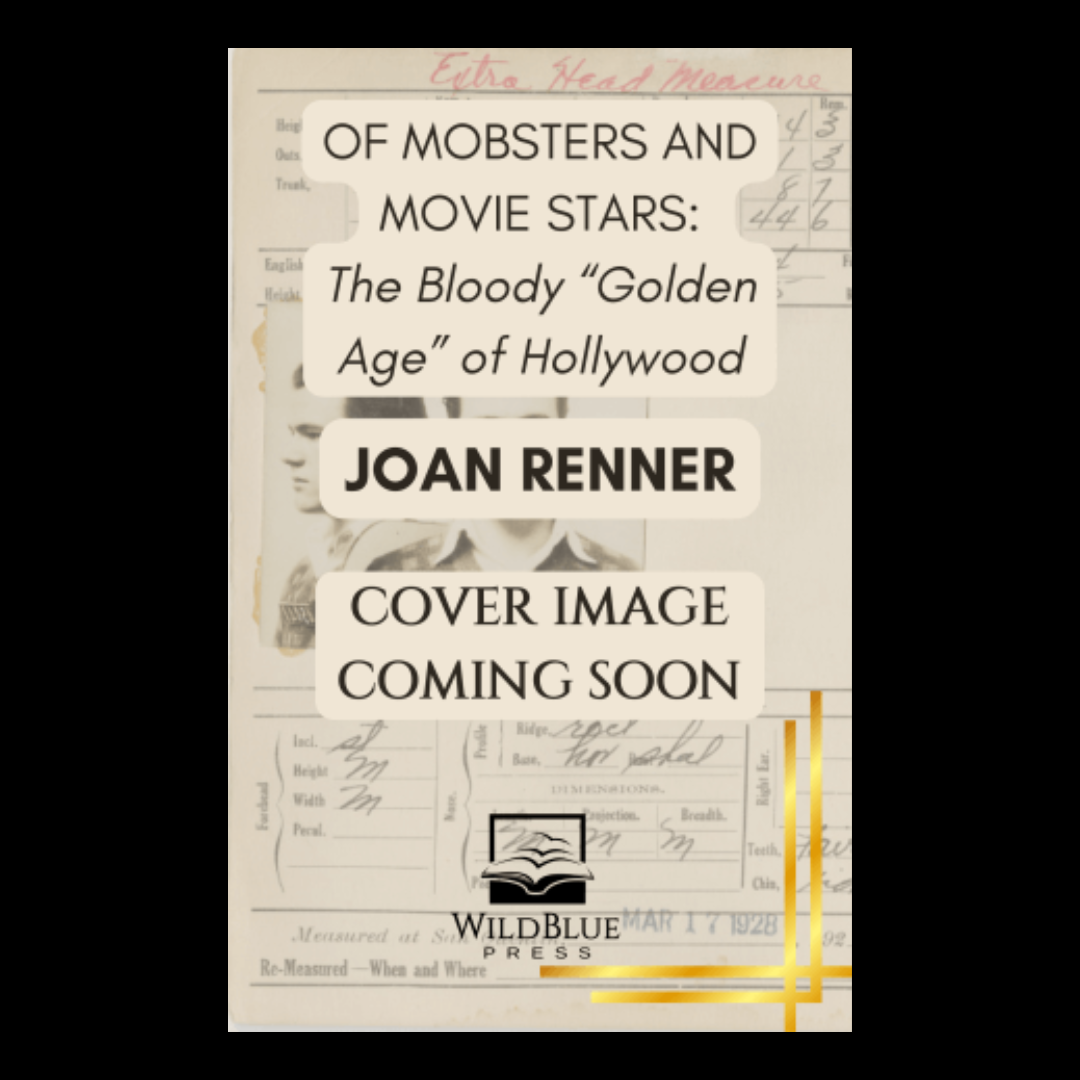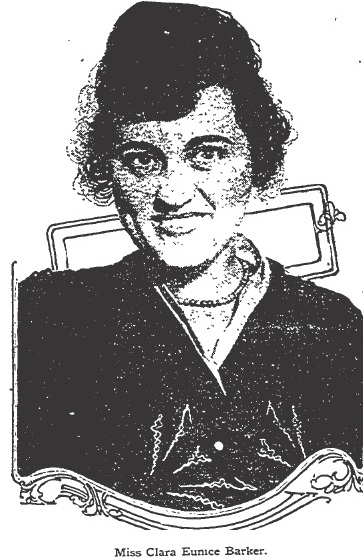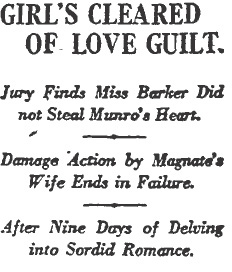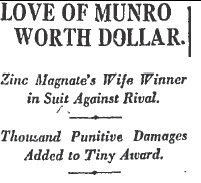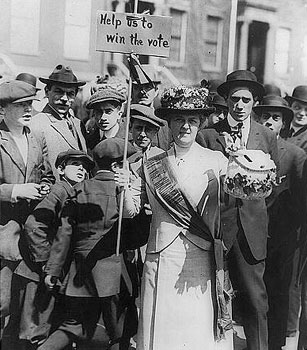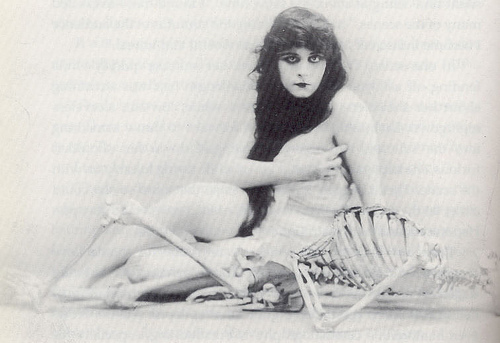
This gorgeous cover is the winner of the WildBlue Press cover contest. It evokes the glamour of old Hollywood, yet suggests the dark side of the city and the era.
Of Mobsters and Movie Stars is available for pre-order on Amazon for release on Tuesday, May 14, 2024. You will also be able to purchase the book in hardcover, paperback, eBook, and, coming soon, audiobook, on the Amazon and WildBlue’s websites.
My connection with many of you inspired me to tackle a book project. I can’t thank you enough for your support over the past 12 years. I’m looking forward to many more years here (and a few more books!) I’ll let you know about any book signings and interviews, so stay tuned. I’ve created some content for my author page on WildBlue, so please visit me there and sign-up to receive updates.
There are 37 stories in Of Mobsters and Movie Stars, including an early killer couple who went on a spree while Bonnie Parker and Clyde Barrow were still in grammar school. One of the most shocking tales is about a man who plotted to kill his wife using two Diamondback rattlesnakes named Lighting and Lethal.
Many people have asked if Los Angeles had a mob. The answer is they had two. The earliest was headed by Joe “Iron Man” Ardizzone, an old-school gangster straight out of Central Casting. The other mob, orders of magnitude more powerful and insidious than Ardizzone’s, was the Hollywood studios. Using hired thugs called “fixers,” the studios wielded power over actors and politicians. When choreographer Busby Berkeley killed three people while driving drunk, the studio came to his aid. When director, and husband of Jean Harlow, Paul Bern, died under suspicious circumstances, the studio intervened.
One of the ugliest incidents of studio power was the attempted cover-up of the brutal rape of a young actress at a studio hosted event. The victim refused to be silent and, as far as I’m concerned, is the Godmother of the #metoo movement.
I posted excepts from Mobsters and Movie Stars on WildBlue. Below is one of them.
Excerpted from The Torso Murder
“William Pettibone, Ray Seegar, Floyd Waterstreet, and Glen Druer explored the muddy river bank for hidden treasures on May 18, 1929. The boys noticed something that looked like a turtle shell or strange prehistoric fish 150 feet from the bridge in the city of Bell. One boy took a stick and poked it into an end of the bony structure and held it aloft for the others to gape at. The boys spent a few minutes before realizing their treasure was a human skull.
With the head impaled on a stick, the boy ran up to the roadway. He waved it around until a female motorist stopped. The horrified woman kept it together long enough to drive to a public telephone where she called Bell’s Chief of Police. Chief Smith and Motor Officer Steele met the woman and the group of boys near the river. The woman declined to give her name. Smith’s officers told Captain Bright about the grisly find. Bright accompanied Deputies Allen, Brewster, and Gompert to the scene. While deputies searched the area, an enormous crowd of curious on-lookers gathered.
The initial autopsy yielded nothing which could identify the deceased. At least the skull still had several extant teeth, which made an identification possible. Local newspapers printed the photos and drawings of the teeth and distributed them to dentists.
With limited remains, the experts needed to perform a miracle. Amazingly, they did just that.”



